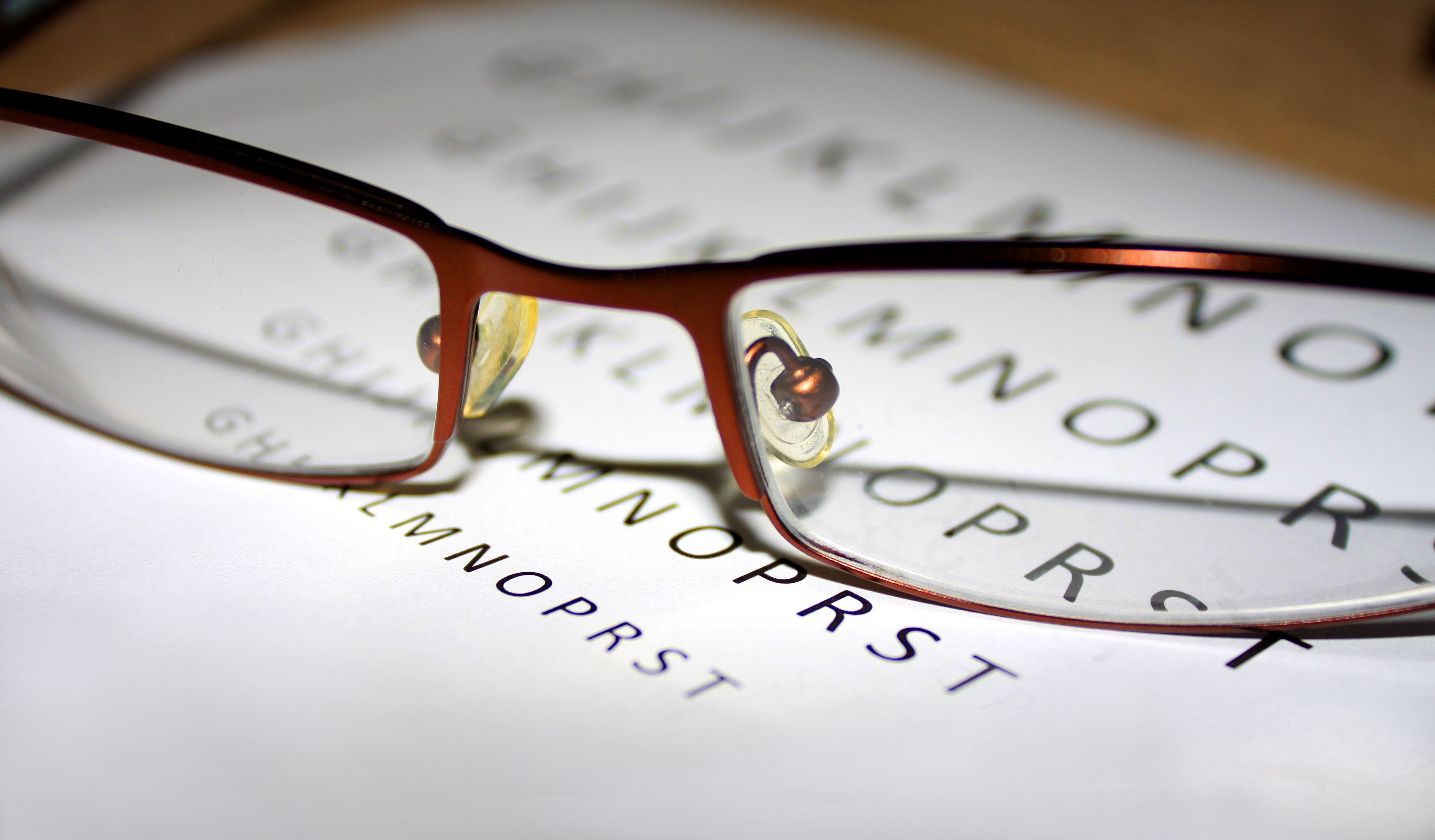Article
Artificial Intelligence Has Potential to Estimate BCVA in Patients With DME
Author(s):
Fundus photographs of eyes with diabetic macular edema (DME) could be used to estimate best-corrected visual acuity (BCVA) when artificial intelligence examines the pictures.
Best-corrected visual acuity (BCVA) could be estimated within 1 to 2 lines on an Early Treatment Diabetic Retinopathy Study (ETDRS) chart when fundus photographs from patients with diabetic macular edema (DME) are examined by an artificial intelligence (AI) program, according to a study published in JAMA Ophthalmology.
Approximately 4.7 million people in the United States had diabetic retinopathy without DME and approximately 746,000 people had DME in 2014, and frequent monitoring is often needed in treatment of DME, according to the authors. The study aimed to find out whether an AI program could feasibly estimate BCVA based on macular photos from a cohort of patients in a randomzed clinical trial of aflibercept or laser photocoagulation for DME.
Participants in the study were enrolled in the VISTA trial and were eligible if they had a protocol BCVA following a protocol refraction by trained visual acuity examiners. The study eye needed to have a BCVA letter score between 73 and 24 at baseline. Trained photographers took fundus photographs at baseline and every 24 weeks.
Training, validation, and testing to estimate BCVA were provided using baseline characteristics, fundus photographs, and data from baseline to follow-up to evaluate other outcomes. There were about 24 images per participant that were collected each time the participant had fundus photographs taken.
The primary outcome measure was mean absolute error (MAE), which compared the BCVA that was estimated by AI from macular photographs with the actual BCVA. Accuracy was also provided.
There were 459 participants in the study who either received aflibercept every 4 weeks (n = 154), every 8 weeks (n = 151), or were treated with macular laser photocoagulation (n = 154) through November 2014 after enrollment from May 2011 to January 2012. The mean (SD) age of the participants was 62.2 (9.8) years and 54.5% were male. The mean baseline visual acuity score was 59.3 (10.9) letters and mean follow-up BCVA letter score was 67.1 (14.9) letters at 1 year, 67.2 (16.5) at 2 years, and 66.8 (17.0) at 3 years.
The median number of visits for all 3 groups was 7 visits, with the median number of macular images ranging from 826 to 1373. The median number of injections of aflibercept was 34 (IQR, 28-36) in the every 4 weeks group and 20 (IQR, 18-21) in the every 8 weeks group.
The ResNet50 architecture had the best estimation performance, with the MAE being 9.66 letters (95% CI, 9.05-10.28). In BCVA letter scores 100 or less but more than 80 and 80 or less but more than 55, the MAE was found to be 8.84 letters (95% CI, 7.88-9.81) and 7.91 letters (95% CI, 7.28-8.53), respectively. BCVA was predicted within 5, 6to 10, and more than 10 letters of actual BCVA approximately 30%, 30%, and 40% respectively by AI. Adding baseline information did not improve estimates substantially.
The images included were from participants in a randomized controlled trial where study eyes did not have substantial media opacity that could contribute to the loss of visual acuity. Eyes with BCVA worse than 20/80 were not many and therefore the algorithm could not be tested for these eyes. Macular images came from the same participant, leaving only 400 unique study participants.
The researchers concluded that BCVA could be “estimated from a fundus photograph without a protocol refraction or protocol ETDRS [visual acuity] measurement within 1 to 2 ETDRS lines for many participants with central-involved DME receiving laser photocoagulation or aflibercept in the VISTA [randomized controlled trial].” Expenses in training others to manage DME could be cut with this information, they concluded.
Reference
Paul W, Burlina P, Mocharla R, et al. Accuracy of artificial intelligence in estimating best-corrected visual acuity from fundus photographs in eyes with diabetic macular edema. JAMA Ophthalmol. Published online June 8, 2023. doi:10.1001/jamaophthalmol.2023.2271





